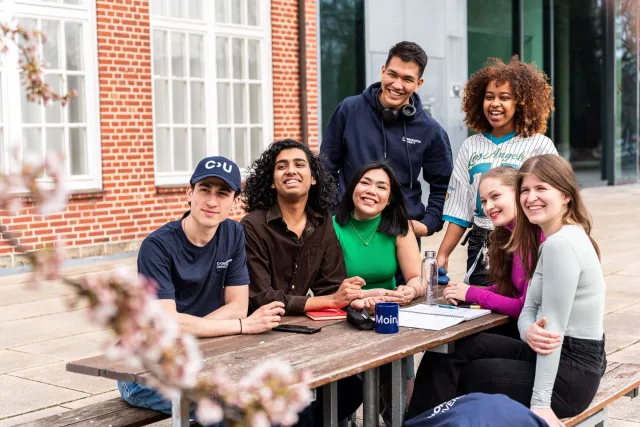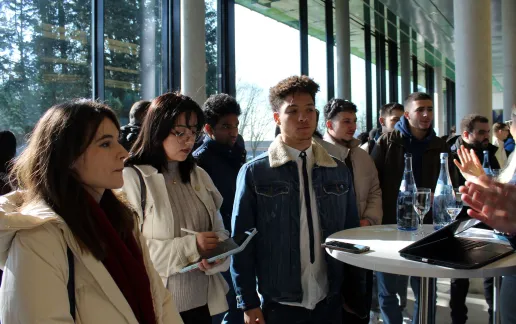One of the biggest adjustments when starting university is realizing that the way you studied in high school might not cut it anymore. The content is more complex, the deadlines tighter, and the expectations higher. That’s why learning effective study strategies is so important—it’s not just about working hard but working smart.

Everyone studies differently, so the key is figuring out which college study habits work best for you. Whether you’re a visual learner, a last-minute crammer (guilty), or someone in between, here are some proven study methods to help improve memory retention and support academic success.

Active Learning Techniques
Let’s start with the big one: active learning. Passive reading or highlighting your notes isn’t enough anymore. One of the most effective study strategies is practice retrieval—basically testing yourself on what you’ve learned. This can mean flashcards, answering past exam questions, or simply closing your book and writing down everything you remember from a lecture. Self-testing not only helps with memory retention but also shows you exactly what you need to review. Another great active learning method is engaging with the material through teaching. It sounds cliché, but it’s true: if you can teach something to someone else, you truly understand it. Try explaining a topic out loud (yes, even to yourself) or summarizing a chapter as if you were making notes for a friend. It forces your brain to process the information differently than just rereading it.

Organizational Strategies
University-level topics can get really overwhelming, so organizing information well is half the battle. One useful method is chunking—breaking big topics into smaller, more manageable sections. Instead of trying to memorize everything about an entire subject, focus on one theme or concept at a time. It makes it easier to absorb and less stressful overall.
Visual learners, this part’s for you. Using visual aids like diagrams, flowcharts, mind maps, or flashcards can make abstract topics more concrete. Many people underestimate the power of images in enhancing memory retention. Tools like Anki or Quizlet are great for digital flashcards, while drawing things out by hand also helps you engage more deeply with the content.
Group Study Dynamics
Studying doesn’t always have to be a solo mission. Peer study groups can be a game-changer if done right. Discussing course material with others allows you to hear different perspectives and can help fill in gaps in your own understanding. It also keeps you accountable—because let’s be honest, it’s easier to skip solo study sessions than one where your friends are expecting you.
There are also a ton of collaborative learning tools that make group study more efficient. Apps like Google Docs, Microsoft OneNote, or Notion let you share notes, quiz each other, or build a joint study guide. Just make sure your group stays focused (no TikTok breaks every five minutes), and you’ll be surprised how much you can learn from each other.
Staying Consistent
Cramming the night before might get you through one test, but it’s not a long-term strategy. A better approach is setting regular review sessions. Even 20–30 minutes a day can make a massive difference when done consistently. This helps transfer information from short-term to long-term memory and reduces the stress of last-minute cramming.
It also helps to track your progress. Set small, achievable goals like finishing a chapter or mastering a certain topic by the end of the week. If something’s not working—like a study method or your routine—don’t be afraid to tweak it. Studying effectively is a skill, and like any skill, it improves with trial, error, and adjustment.

Conclusion
University can be intense, but with the right study habits and strategies, you can keep up and even thrive. From active learning and chunking information to collaborating with peers and keeping a regular review schedule, these methods are designed to help you make the most of your academic journey. The most important thing is figuring out what works for you. Try different techniques, mix and match, and don’t be afraid to adjust as you go. With time and consistency, you’ll find your own study rhythm—and that’s where real academic success begins.


